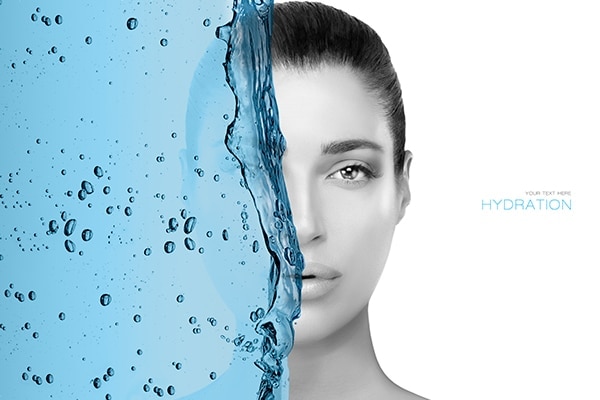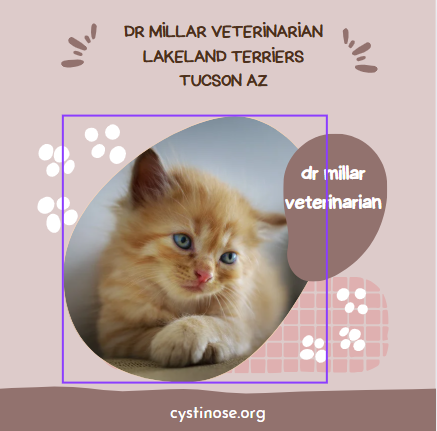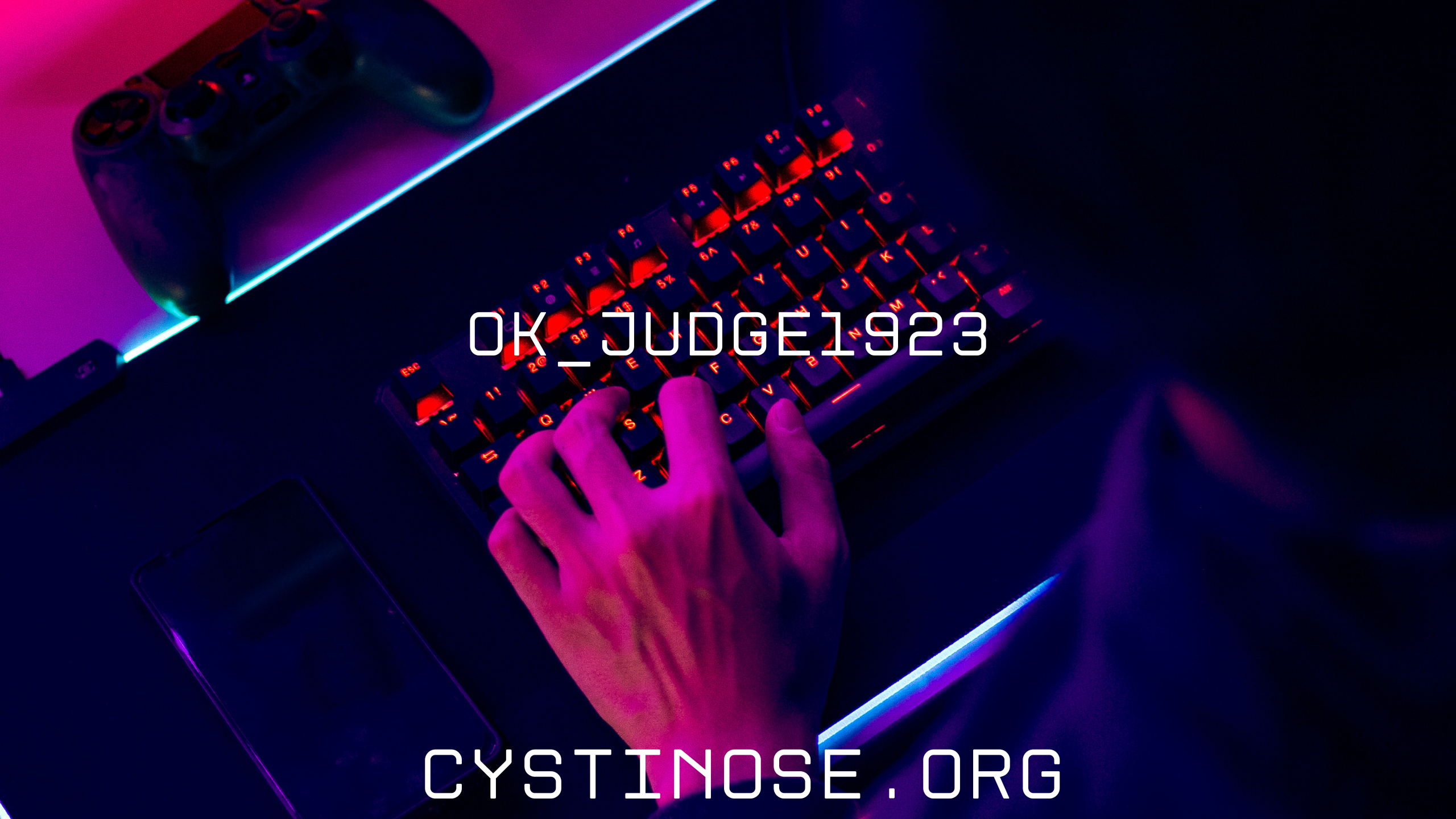Dark circles may be widespread nowadays, especially in stressful circumstances such as school or work. It is very hard to prevent dark circles and under-eye puffiness. Netflix and late-night watching may also contribute to this. If any of these appear unexpectedly the next morning, the mirror will reveal a dark area mostly under your eye. Stressors such as long days at work or sleepless nights studying may cause your eyes to seem fatigued and puffy, making you look like a panda. Blood vessels, skin pigment, skin thickness, and fluid often converge in the delicate, sensitive under-eye area, darkening it and making you seem fatigued. Dark circles are often produced by dilated blood vessels and skin pigmentation, which may be inherited. What exactly causes this? Want to know? This article is for you; it will provide you with more opinions, similar to what to pick celine or loewe?
Table of Contents
Why are my under-eye circles dark?
Dark circles under your eyes might appear in a variety of scenarios. Possible reasons of this include:
Undereye skin is thin.
Dark circles under your eyes may result from the thin layer of skin surrounding your eyes, which exposes the blood vessels under your skin more than other areas of your body. When light enters the skin, blood vessels and blood can appear dark brown or black.
Light reflection through the skin may be seen in the veins in our arms, which seem blue at times. This is due to the blue light traveling through them, not the blue blood that flows through them. These scenarios resemble dark circles under your eyes, which appear when light strikes them and reflect a black or brown tone.
Aging
The second cause for black rings is age. Everyone’s skin loses blemishes and suppleness as they age, and its elasticity loosens, allowing them to recover faster. Dark, loose skin develops in the dermis. As a result, black circles beneath the eyes are common among the elderly. They may also have been subjected to excessive stress in their lives, particularly in a demanding setting where survival of the fittest prevailed.
Hyperpigmentation
Dark circles may also develop from periorbital hyperpigmentation. Because the skin behind your eyes produces the most melanin, this problem exists. Because of this, the skin surrounding the eyes darkens, resulting in dark circles. This condition is common among those with a naturally dark skin.
Stress and tiredness
People who work in demanding circumstances may develop dark circles beneath their eyes as a result of anxiety and stress. Cortisol is the cause of this. After all, it is substantially enhanced when the body is low on energy and high on stress, which encourages energy production and keeps a person awake, resulting in dark circles under the eyes due to late nights.
Cortisol
Cortisol raises blood volume, causing the blood vessels to adjust. The blood vessels under the eye enlarge. The skin behind the eye develops darker brown reflections as blood vessels form and migrate closer to it.
Contact sports may cause blood vessel damage and darkening of the skin behind the eyes, especially when hit severely. Straining vessels and dark circles may occur when blood vessels surrounding the eyes are injured or damaged. Blood seeping from vessels should be evaluated by an expert for treatment. This is an innocent and generally mild sickness that may be treated at home using web resources, but if it causes major brain injury, go to the nearest hospital.
Treatments for under-eye dark circles
Cosmetics are the most effective technique to treat dark under-eye circles. This includes under-eye serums, lotions, peels, lasers, skin-tightening tools, and fillers, which may swiftly replenish the lower eyelid and cheek to reduce darkness and puffiness. If you know what substances or qualities they have, under-eye creams and serums are the most cost-effective and time-saving solution. Look for these factors for the best results:
Hyaluronic acid
Hyaluronic acid moisturizes, plumps, and nourishes the skin and cells, preventing dryness. This provides the skin a healthy, young glow and brightens. This, together with glycerin, moisturizes the dermis, the layer underneath the epidermis.
Caffeine
Caffeine reduces blood vessels around the eyes, hence reducing Dimethicone and Cyclomethicone adverse effects.
These emollients act as a filler between cells and a moisture barrier for the skin, making it smoother and silkier.
Retinol
Professionals must provide vitamin A derivative retinol, a superior retinoid. This promotes skin cell turnover, avoiding wrinkles. Retinol and alpha hydroxy acids (AHAs) are intended to enhance texture and color in sensitive skin, but they may be irritating if taken incorrectly.
Vitamin C and polyphenols prevent oxidative stress produced by dirt and other skin-darkening agents. Vitamin C-enriched eye products have fewer chemicals that might irritate and discolor skin than other cosmetics.
Peptides
Peptides produce collagen, a protein that maintains the skin strong, resilient, and smooth. Serums aid in collagen production, which diminishes with age.







